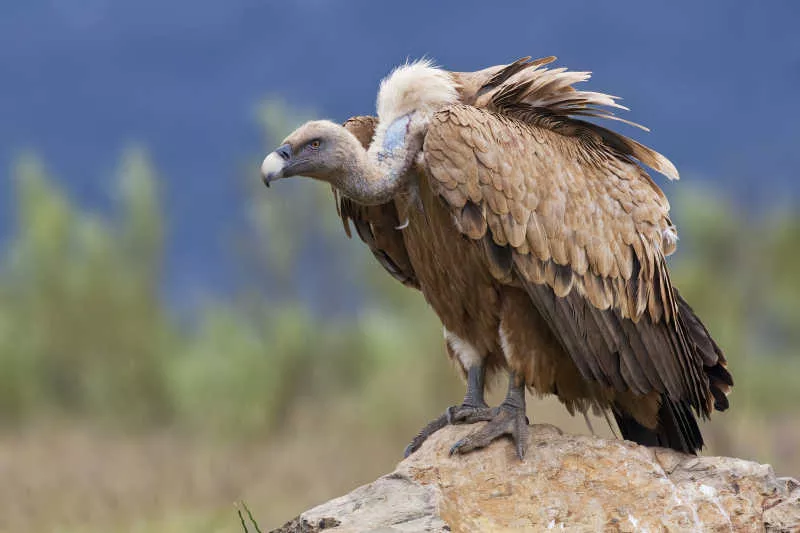Buzzards, also known as vultures or scavenger birds, are known for their scavenging behavior, feeding on carrion and dead animals. However, buzzards do not typically eat live animals. In fact, they are not equipped to hunt and kill prey on their own, as their beaks and talons are not designed for hunting.
Instead, buzzards rely on their keen sense of smell to locate dead animals that they can feed on. They are often seen circling high above, scanning the ground for potential food sources. Once they locate a carcass, they will swoop down and begin to feed.
However, in certain situations, buzzards have been known to prey on live animals as well.
One of the reasons why buzzards might turn to live prey is if they are in a situation where carrion is scarce or difficult to find. For example, if there has been a prolonged drought or a particularly harsh winter, there may not be as many dead animals available for scavenging. In these cases, buzzards may turn to hunting live animals as a source of food.
Another situation where buzzards might eat live animals is if they come across an injured or sick creature that is too weak to defend itself. Buzzards have been known to target animals like rabbits or small birds that are already injured or sick, making them an easy target. In some cases, buzzards may even attack healthy animals if they are particularly hungry or if the animal is small enough to be taken down by a single bird.
It’s worth noting, however, that these situations are relatively rare. Buzzards are generally well-adapted to their role as scavengers and prefer to feed on carrion whenever possible. In addition, they are not particularly fast or agile in flight, which makes them less effective hunters than some other types of birds of prey.
In summary, while buzzards are primarily scavengers that feed on dead animals, they may occasionally turn to live prey in certain situations. If you encounter a buzzard in the wild, it is unlikely that it will pose a threat to you or any live animals in the area. However, it’s always a good idea to keep a safe distance and observe these fascinating creatures from afar.


 Facebook
Facebook  Instagram
Instagram  Youtube
Youtube 